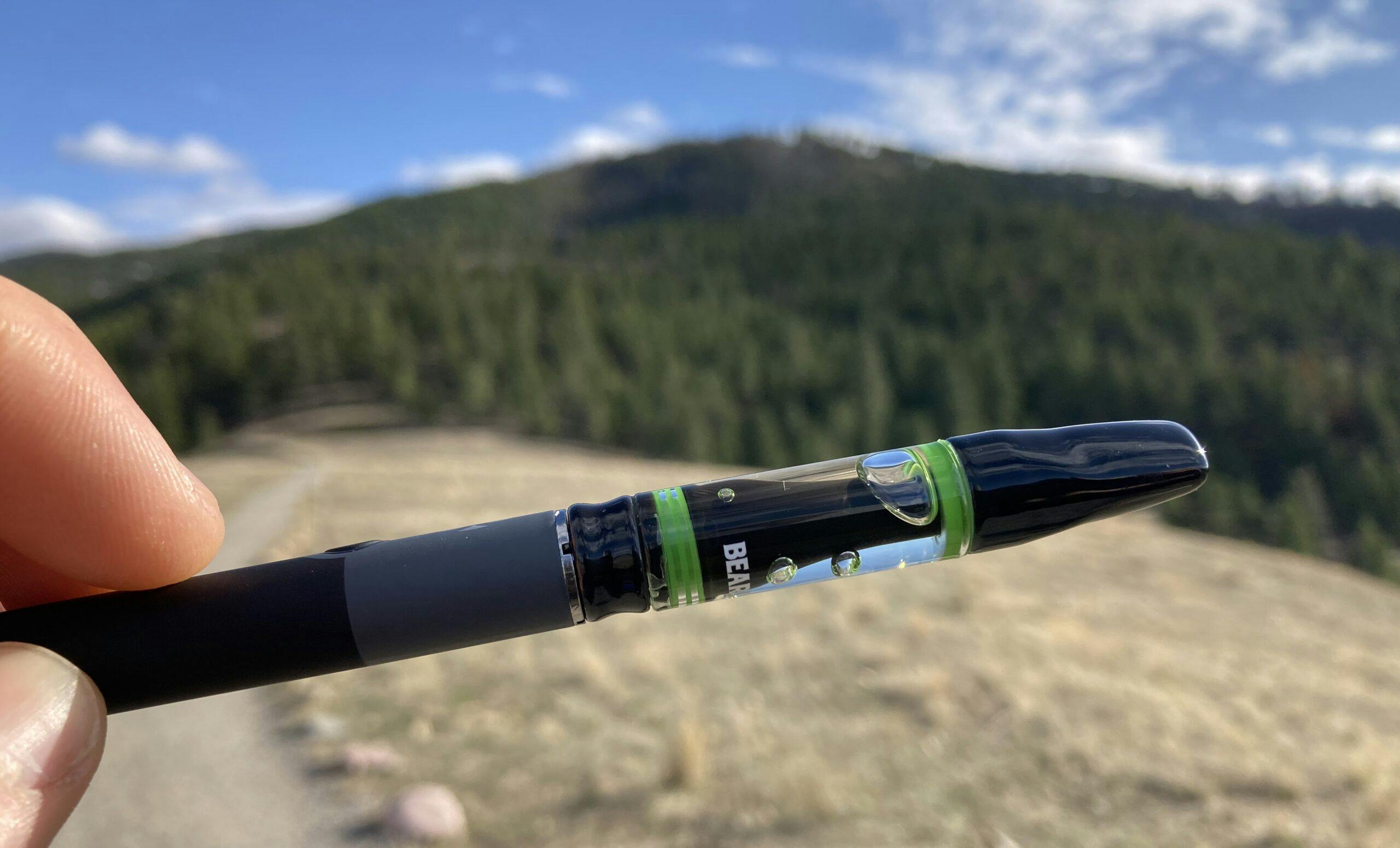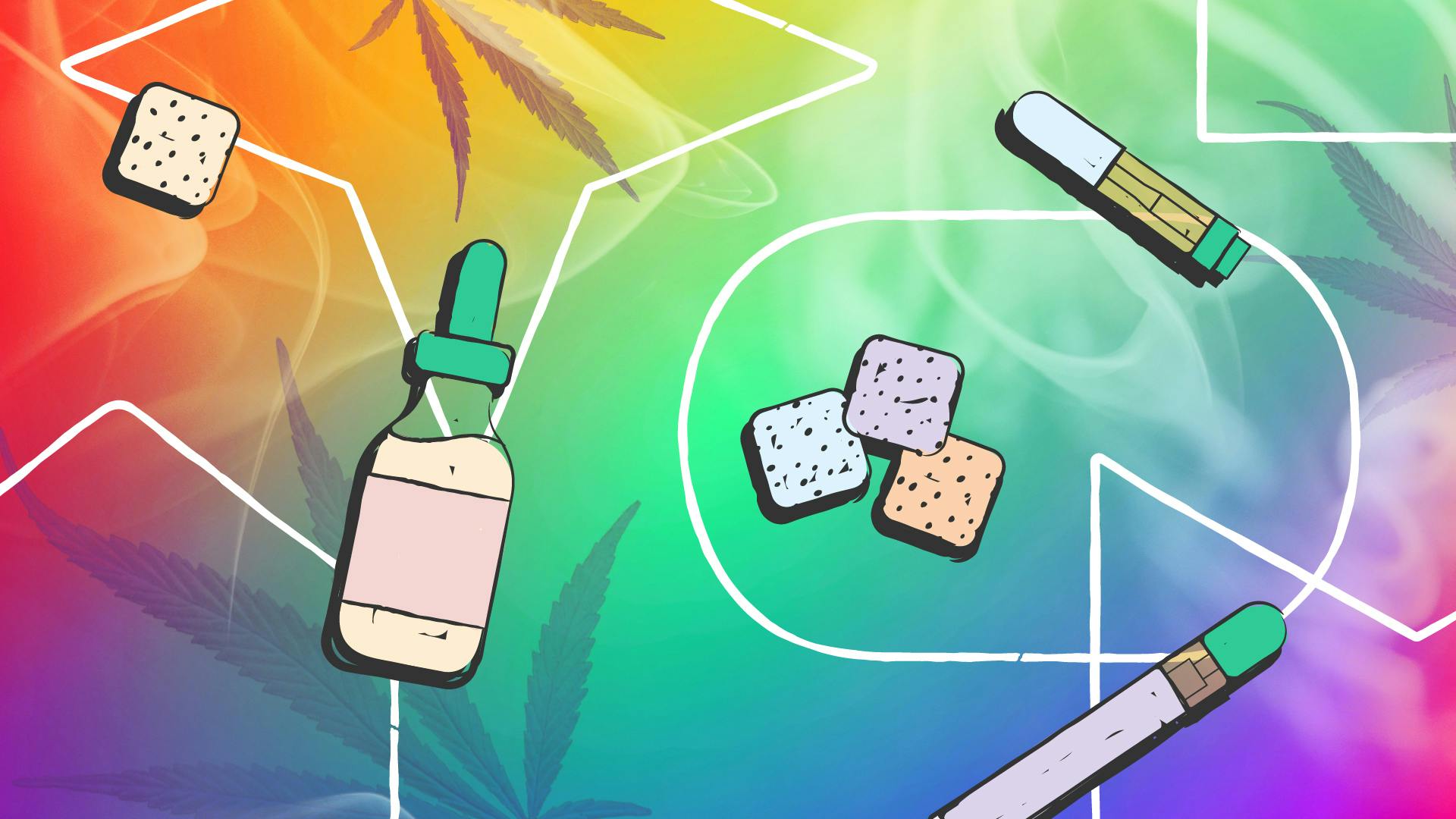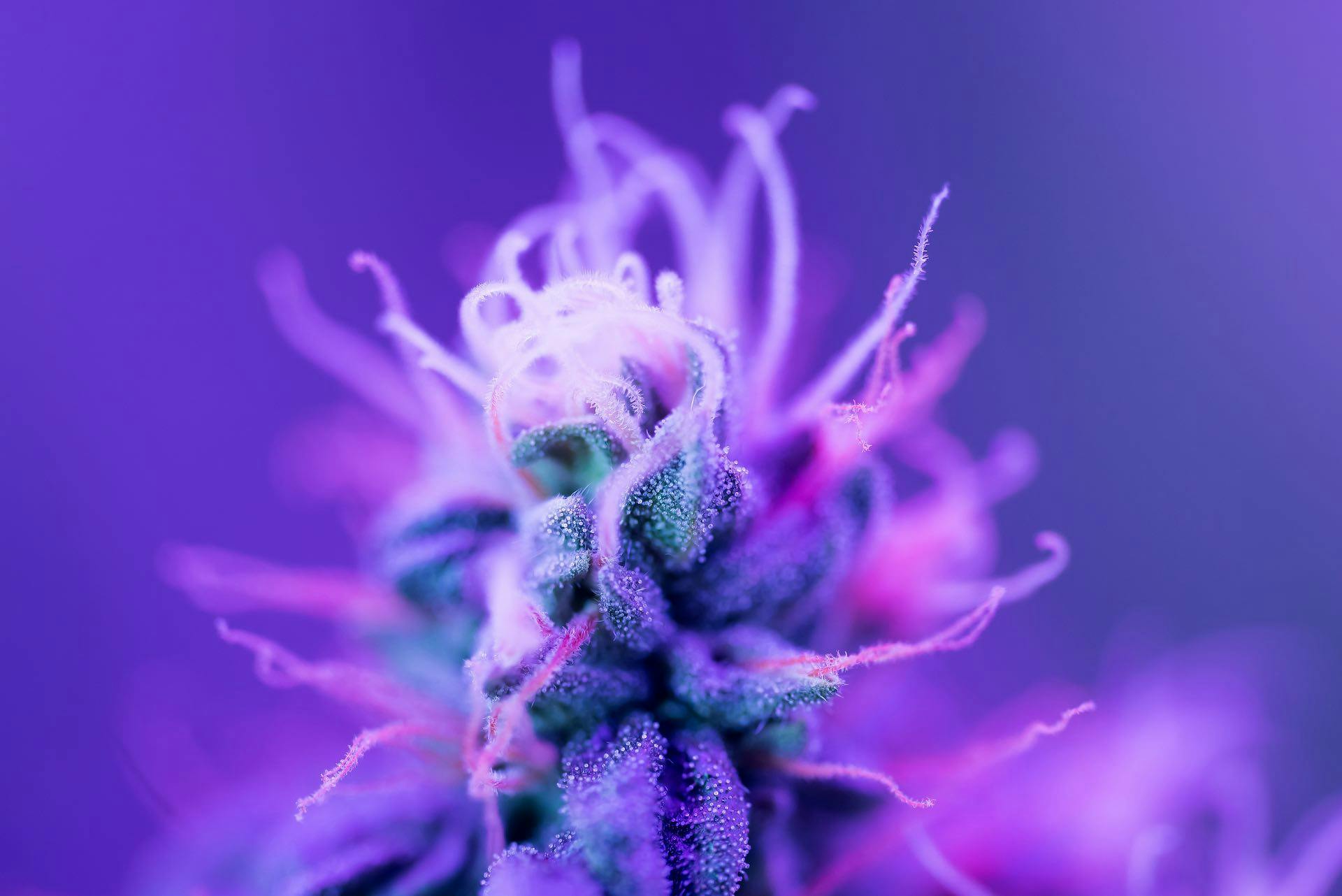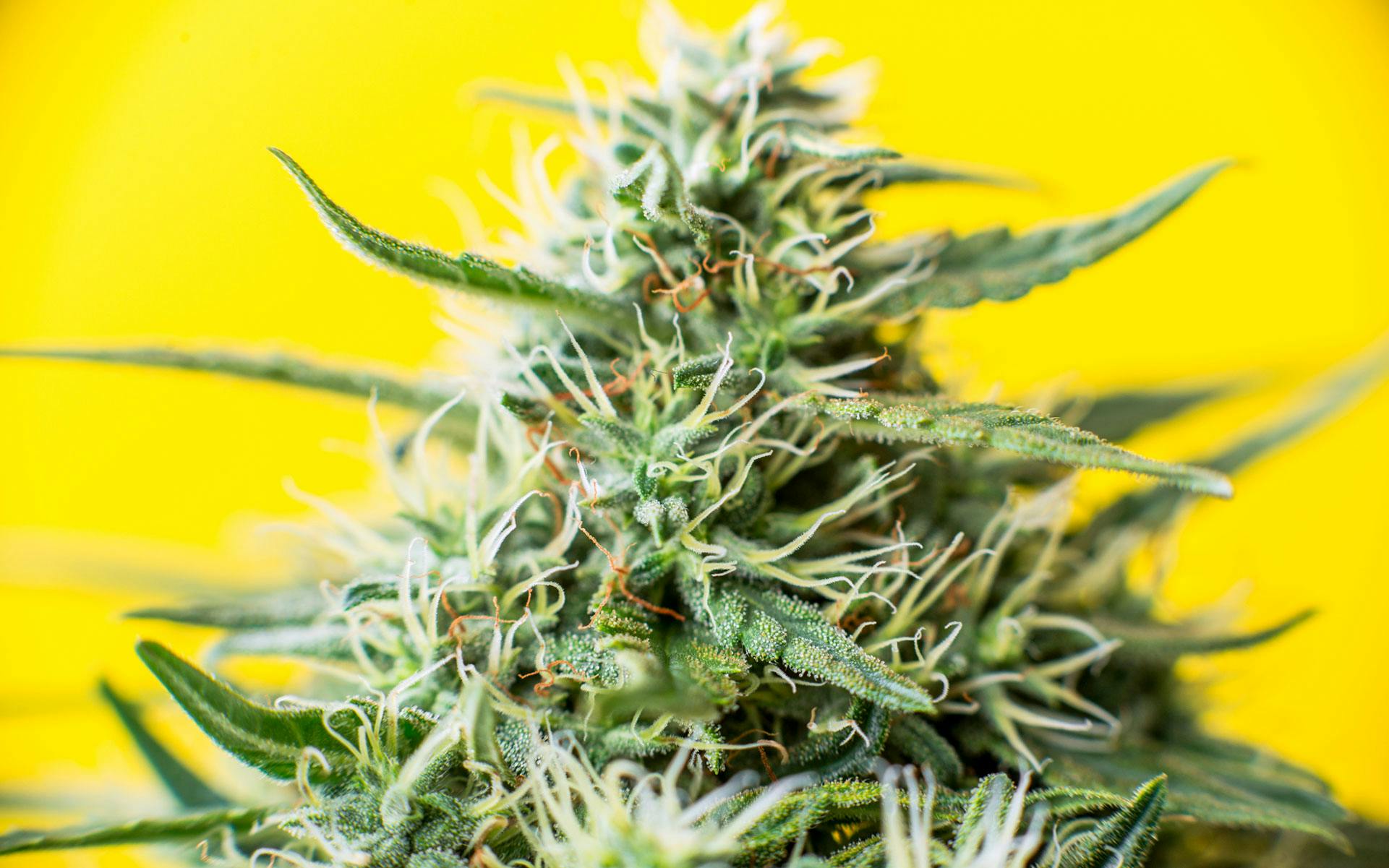If you’ve spent any time online (like here) or at your local dispensary, the most popular cannabinoids, THC (tetrahydrocannabinol) and CBD (cannabidiol), and their effects might seem like old news. But as both the science and legislation around weed research improve, so does our access to the rest of the 100+ cannabinoids found in the plant, each with their own unique set of properties and experiences.
CBG, or cannabigerol, called a minor cannabinoid since it manifests in trace amounts in most strains, has been around for years, and makes a worthy addition to your weed encyclopedia and next smoke sesh.
The origins of CBG
While you may not have heard about CBG, humans have reaped its benefits for millennia, in both cannabis and hemp plants. It was first synthesized in 1964, alongside THC, and has been studied extensively for its medicinal potential. It’s often called the “mother of all cannabinoids” because without it, cannabis would have no high.
You know the saying all roads lead to Rome? Well all cannabinoids lead back to CBG.

Figure 1: CBG-A is the chemical precursor of THCA, CBDA, and CBCA (not shown). Enzymes within cannabis turn CBGA into either THCA or CBDA, which can be subsequently decarboxylated (“activated”) by light or heat energy to create THC or CBD. (Amy Phung/Leafly)
As young cannabis plants mature and begin budding, various enzymes and compounds combine to create the precursor to CBG—also called an “early-phase” cannabinoid—called CBGA. CBGA is where all cannabinoids start; as the plant nears the end of its grow cycle and absorbs more and more UV light, CBGA breaks down and converts into THCA and CBDA, the acidic precursors to our two favorite and most prominent cannabinoids, THC and CBD. Unless bred to do so, in most cases, only a very small amount will become CBG.
CBG in hemp plants
Thanks to the 2018 Farm Bill, hemp plants that contain less than 0.3% THC are federally legal. CBGA is present in both cannabis and hemp plants, and since it directly correlates to hemp plants’ CBG and CBD potency, farmers can derive CBG from hemp plants. In fact, numerous hemp farmers now breed and grow CBG-rich strains that don’t require a trip to the dispensary or a medical marijuana card to access.
Because CBG isn’t abundant in most strains, breeders have begun crossbreeding plants to achieve higher levels of the cannabinoid. Farms like Oregon CBD have won multiple awards for their White CBG strain, which contains around 10% CBG and less than 0.3% THC.
Medical benefits of CBG
Despite its paltry numbers in mature weed buds, when isolated, CBG demonstrates a number of benefits to the human body.
CBG, like CBD, is non-intoxicating and does not impart a high, despite its connection to THC. Research indicates it can bind to both CB1 and CB2 receptors within the body’s endocannabinoid system, meaning it not only interacts directly with the body’s internal systems, but can also counteract the effects of other cannabinoids, such as THC.
The human body’s endocannabinoid system (ECS) keeps the body in a balanced state of homeostasis via innumerable receptors throughout limbs, organs, nerves, and systems (e.g., digestive, immune, reproductive, and more).
A 2021 patient survey indicated a majority of patients found CBG-dominant products effective in treating their chronic pain, anxiety, and insomnia, among other conditions.
While there are still gaps to fill in the research of CBG, early findings indicate it has numerous health benefits:
- Reducing intraocular pressure and working as a vasodilator neuroprotectant; this makes it a promising option for treating and managing symptoms of glaucoma.
- Anti-inflammatory properties when tested on mice with induced colitis, which could prove an effective and holistic treatment for various inflammatory bowel diseases.
- Combating Huntington’s disease in mice, which causes nerve cell degeneration in the brain, by protecting neurons and stymieing progression.
- An agonist to alpha-2 receptors, which are primarily found in the nervous system and regulate blood pressure and heart rate, as well as sympathetic nervous system activity. By inhibiting them, CBG may be able to address symptoms of attention-deficit/hyperactivity disorder.
- High potential as a cancer inhibitor and treatment, including for breast, gastric, and colorectal cancer cells, and even glioblastoma brain tumors.
- An antibacterial agent, even against bacterial strains resistant to other drugs.
- Stimulating appetite, though studies have only been done on rats. This may help induce appetite in chronically ill patients or those who have lost their appetite from cancer treatments.
Since CBG is non-intoxicating and can be derived from hemp plants, which are federally legal, it’s not a scheduled substance. This means scientists can now access funding to continue studying the full potential of this special cannabinoid. The best is yet to come!
Differences of effects in CBG and CBD
The recent influx of cannabinoids on the market means there’s a lot more info to keep track of. At a glance, CBG may seem like a variation of CBD, as they are both non-intoxicating and exhibit similar anti-inflammatory properties. But there are key differences that may change how you consume each.
CBG and CBD don’t bind to the same receptors in the body, and also differ on a molecular level. Because CBG can bind to the same receptors as THC, it can potentially address issues that pertain to the nervous system, including conditions mentioned above, such as glaucoma, migraines, muscle soreness and inducing appetite.
CBD, on the other hand, may be more effective for immunity-related conditions and regulating mood disorders.
In research, both have promise for counteracting the effects of THC, and neither intoxicate the consumer even when taken at high doses.
Weed strains with CBG
Since CBG primarily becomes other cannabinoids, most flower available to buy in licensed adult-use dispensaries will contain less than 1% CBG.
There are specific strains, such as White CBG, that are bred by hemp farms to yield a higher CBG level, and won’t impart a high. However, even though hemp farmers can legally grow smokable CBG hemp and manufacture CBG products in states that allow it, they aren’t beholden to the same testing standards as cannabis.
Inhaling and ingesting cannabis products with a broad spectrum of cannabinoids and terpenes may have better medicinal and recreational efficacy than in isolation for some individuals—this is called the entourage effect, or whole-plant medicine. Even if what you’re consuming isn’t CBG-dominant, CBG can still contribute to an enjoyable or therapeutic experience.
We’ve rounded up some of the best high-THC strains that also express CBG:
CBG products are popping up more and more in the adult-use, medical marijuana, and hemp markets as this cannabinoid proves again and again it’s worth a try.








